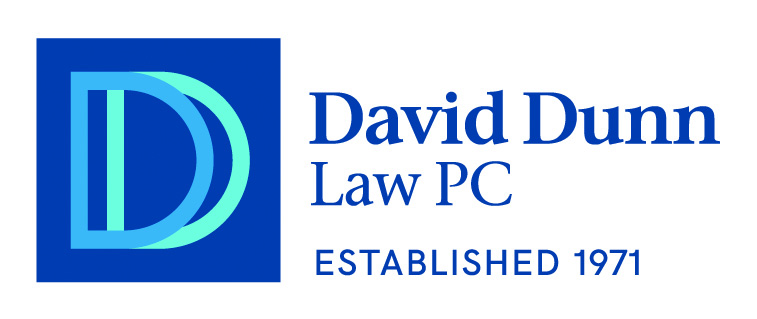
Chapter 11 (Reorganization)
Chapter 11. is entitled: “(Reorganization.” Reorganization is used most of the time by businesses which need to restructure their debts.
- The filing of a voluntary petition (the usual way a case is opened) operates as an “order for relief.” The order for relief creates an “automatic stay” that prohibits debt collection activity of any kind, with certain stated exceptions, such as criminal prosecution, collection of child support among others. This gives the debtor some breathing space.
- During the first 120[1] days after a case is filed, only the debtor may propose a plan of reorganization. This is called the “exclusivity period.” This gives the debtor effective control over the case, at least at first.
- Usually, the trade creditors will get paid at a discount, and the stockholders will be flushed out the bottom.
- Often, new financing is arranged to fund the plan of reorganization.
- For an individual, chapter 11 would most likely apply to someone who has an enormous set of debts, beyond the chapter 13 debt limit.
- Under chapter 11, the debtor proposes a “plan of reorganization,” and the creditors vote on it.
- Creditors are usually divided into classes, the mortgage separate from the vehicle loan, and those separate from the credit cards, and so on.
- Each class must approve the plan of reorganization by a majority in number of the creditors voting in each class, and 2/3rd in dollar amount of the claims voting.
- If the creditors vote to accept your plan, the Court will “confirm” the plan. Once confirmed, the plan becomes a binding agreement on the debtor and all the creditors.
Compared to Chapter 7
Chapter 7 is entitled “Liquidation.” In it, the filing of a voluntary petition (the usual way a case begins) operates as an “order for relief.” The order for relief creates an “automatic stay” that prohibits debt collection activity of any kind, with certain stated exceptions, such as criminal prosecution, collection of child support among others. The debtor gets to keep only an exemption. [2] a trustee is appointed to oversee the liquidation, and sells off any non-exempt assets. Under chapter 7, a business is closed down
Compared to Chapter 13
Chapter 13 is entitled “Adjustment of Debts of Individuals with Regular Income.” Quite a mouthful! Only people are eligible for chapter 13, no corporations, no partnerships, no limited liability companies. There is a debt limit. Secured debt $1,257,850; [3] unsecured debt $429,275 [4]
[1] In a “small business case” the exclusivity period is 180 days. [2] See list of federal exemptions in slide show covering bankruptcy for individuals. [3] Secured debt is debt that has a lien on particular assets. Most of the time the lien is based on a contract, such as a home mortgage or a car loan. Some liens, like taxes, are hidden, and are based on a statute. For example, under state law, the unpaid real estate taxes on your home (if you are a homeowner) have a lien that is even higher than the lien of the first mortgage. If you have a secured debt, and don’t pay, they can come and take it away, by foreclosure, repossession, tax sale. [4] Unsecured debts are those not protected by a lien, such as credit cards, utility charges, and unpaid health care bills.
Life Under Chapter 11
Please see on right a slides explain how our office process and deals the situation for individual cases before filling for bankruptcy.
As each case are unique may differ from slides, but general process are the same.
Questions?
After your view our related slide show, use our “Contact Us” utility on this website; or askdave@daviddunnlaw.com; or just give us a call. We can help. 610-972-2494.
